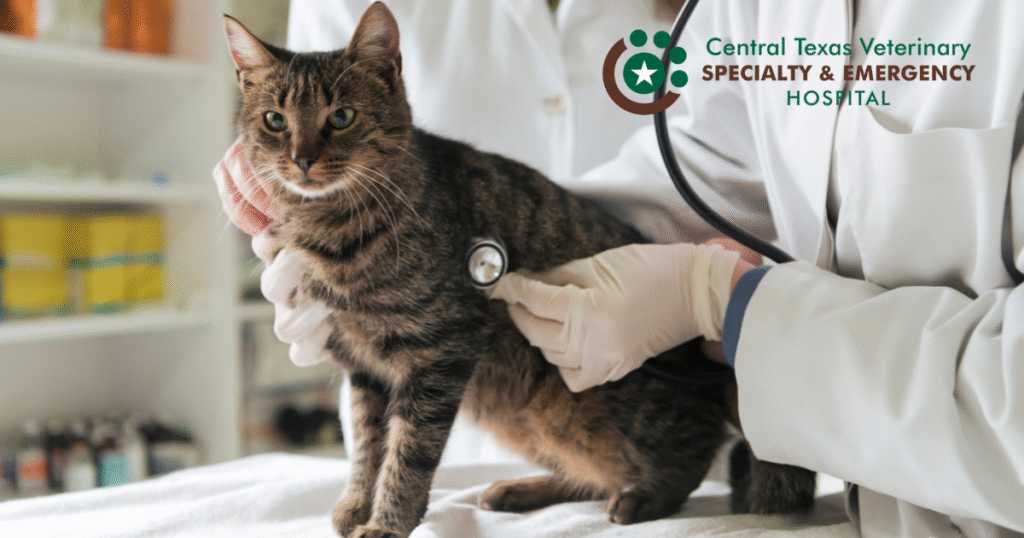If you’re a cat owner, you’ve likely witnessed your feline friend coughing up a hairball. While hairballs are a common issue for cats, they can sometimes signal an underlying health concern. Understanding the causes, symptoms, and preventive measures can help keep your cat happy and healthy.
What Causes Hairballs?
Hairballs, or trichobezoars, form when cats groom themselves and ingest loose fur. Typically, this hair passes through their digestive tract without issue; however, sometimes it accumulates in the stomach and creates a clump. Long-haired breeds, such as Maine Coons and Persians, are more prone to developing hairballs due to their dense coats. Excessive grooming, stress, or underlying skin conditions can also contribute to an increase in hairball formation.
Symptoms of Hairballs
While occasional hairballs are normal, frequent or problematic ones can cause discomfort and various health issues. Signs that your cat may be struggling with hairballs include:
- Repeated gagging or retching without producing a hairball
- Vomiting hairballs regularly
- Loss of appetite or reluctance to eat
- Constipation or diarrhea
- Lethargy or signs of distress
If your cat exhibits persistent symptoms or signs of a potential blockage, such as frequent vomiting or a lack of bowel movements, reach out to your veterinarian immediately.
How to Prevent and Manage Hairballs
Several methods can help reduce hairball formation and enhance your cat’s digestive health:
1. Regular Grooming
Brushing your cat regularly can reduce the amount of loose fur they ingest. Short-haired cats benefit from weekly brushing, whereas long-haired breeds may need daily grooming to maintain their coats effectively.
2. Hairball Control Diets
Specialized cat foods are available to help promote healthy digestion and reduce hairball formation. These formulas contain fiber to aid in the natural passage of hair through the digestive system.
3. Hydration and Fiber Intake
Providing fresh water and a diet rich in fiber can improve digestive health and help move hair through the gastrointestinal tract more efficiently.
4. Hairball Remedies and Supplements
Veterinary-recommended hairball gels or treats can help lubricate your cat’s digestive system, making it easier for ingested hair to pass through.
5. Addressing Excessive Grooming
If your cat grooms excessively due to stress or allergies, addressing the underlying cause can help reduce hair ingestion. Providing interactive toys, engaging in playtime, and using calming products may help alleviate anxiety-related over-grooming.
When to See a Veterinarian
If hairballs become frequent or severe, it’s essential to consult your veterinarian. Persistent hairballs may indicate gastrointestinal issues or an underlying condition that needs medical attention. Your vet can suggest dietary changes, medications, or further testing if necessary.
Final Thoughts
While hairballs are a natural part of a cat’s life, excessive occurrences can indicate a deeper problem. By establishing a grooming routine, providing proper nutrition, and seeking veterinary advice when necessary, you can help your feline companion remain comfortable and free of hairballs.
If you have concerns about your cat’s hairballs or need professional guidance, don’t hesitate to contact your veterinarian for expert care.

